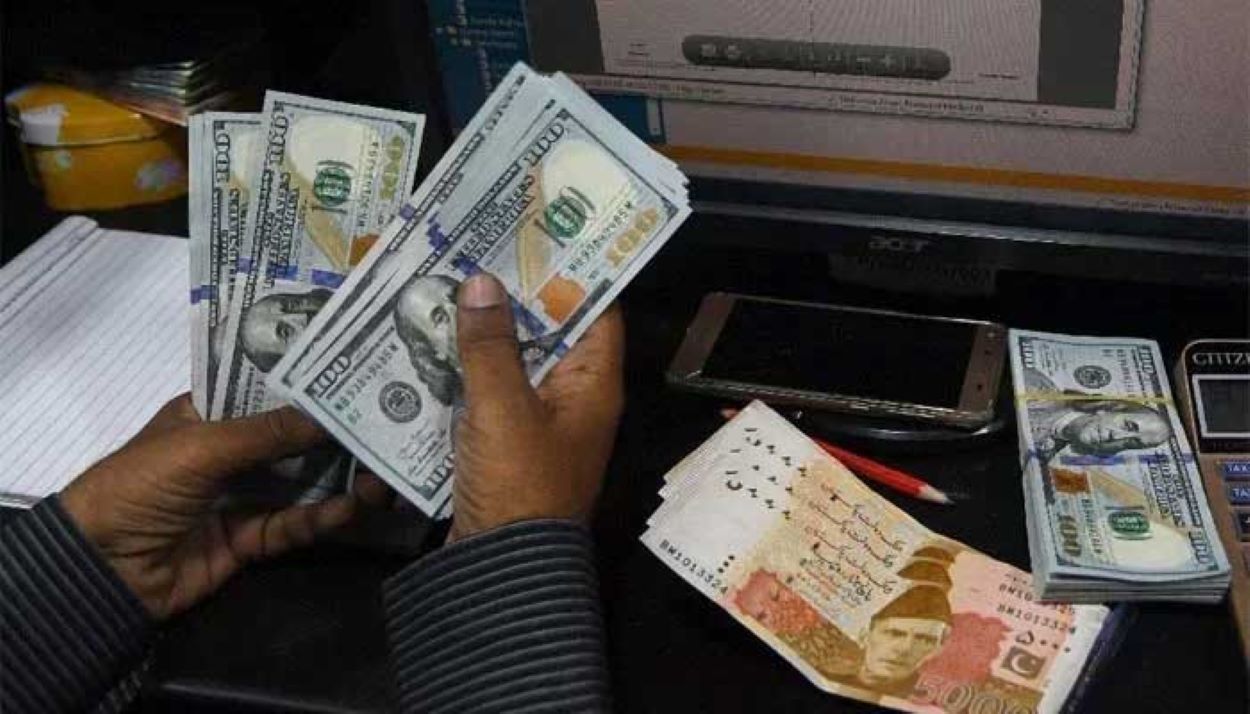During the morning sessions, the rupee maintained its positive trajectory on Thursday, appreciating by Rs1.12 against the dollar in the interbank market. According to the Forex Association of Pakistan, the dollar was valued at Rs287.63 around 9:43 a.m. This is a notable decrease from the previous day’s close of Rs288.75, as reported by the State Bank of Pakistan’s (SBP) daily statistics. Concurrently, the dollar experienced an Rs1.5 reduction in the open market, with the new rate set at Rs288.5, the Exchange Companies Association of Pakistan (ECAP) states. Just a day prior, the dollar was pegged at Rs290.
Zafar Paracha, General Secretary of the Exchange Companies Association of Pakistan, commented on the rupee’s progress, expressing, “Today is also a beneficial day for Pakistan’s economy. The dollar’s interbank rate declined by Rs1, and the open market saw a reduction of Rs1.50.” Paracha credits the army-supported efforts to curb illegal foreign currency outflows as a significant factor behind the dollar’s decline. He remains hopeful about the rupee’s future, advising people to prioritize their trust in the national currency over the dollar. However, he emphasized that the challenge of gold smuggling persists.
Factors Behind the Rupee’s Appreciation
The national currency has witnessed a steady appreciation recently, primarily attributed to the military-backed initiative against illicit dollar outflows. Financial expert Khurram Schehzad, CEO of consultancy firm Alpha Beta Core, pointed out that many unauthorized transactions were facilitated through the hawala and hundi systems in the open market. “When the dollar rate reverses direction, entities such as hoarders and exporters holding onto their proceeds begin selling their dollars,” Schehzad elucidated.
Yet, the sustainability of this positive trend remains a topic of debate. Analyst Khurram Husain highlighted in a recent op-ed that a similar surge in the rupee’s value was observed during the PDM government’s efforts to regulate the exchange market amidst depleting dollar reserves. However, these gains were temporary. “That fleeting phase of stability concluded abruptly this January since the fundamental problem of an abundance of rupees pursuing limited dollars remained unresolved,” Husain concludes.






